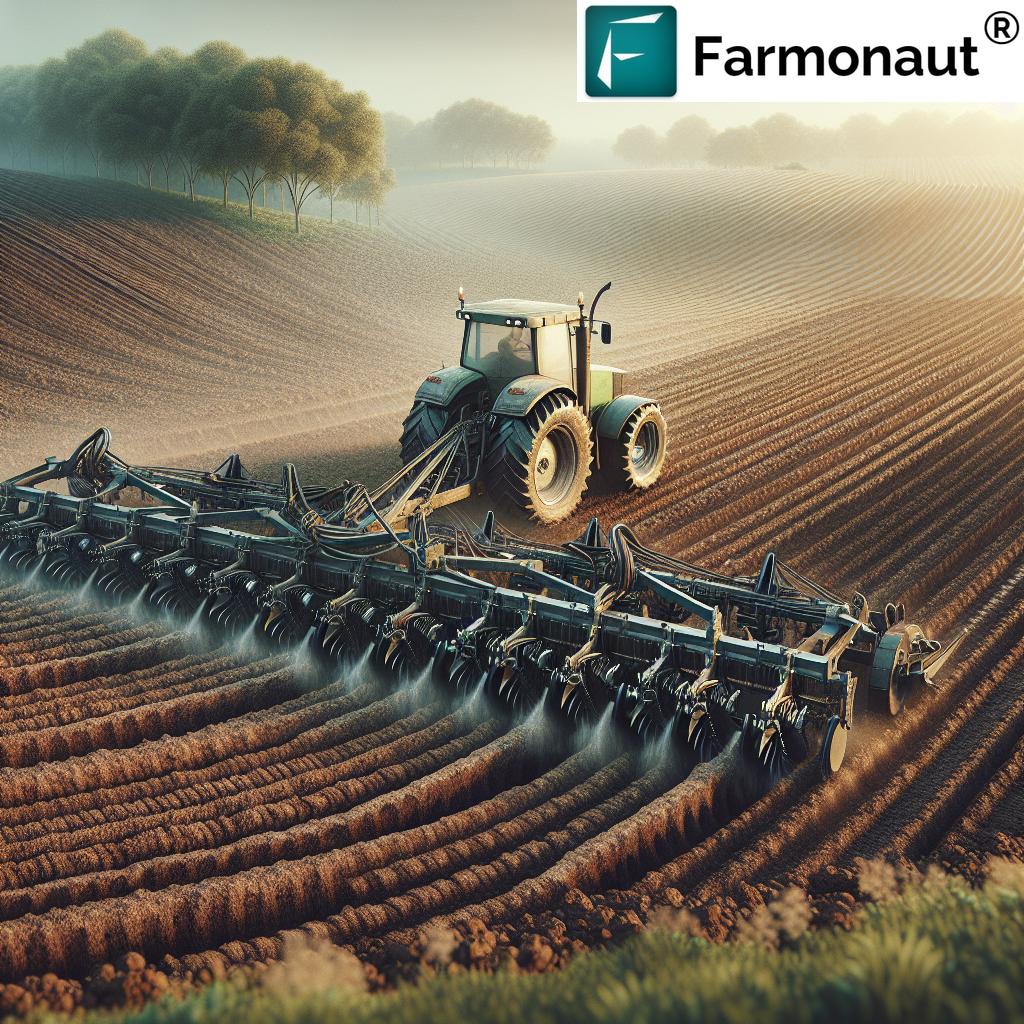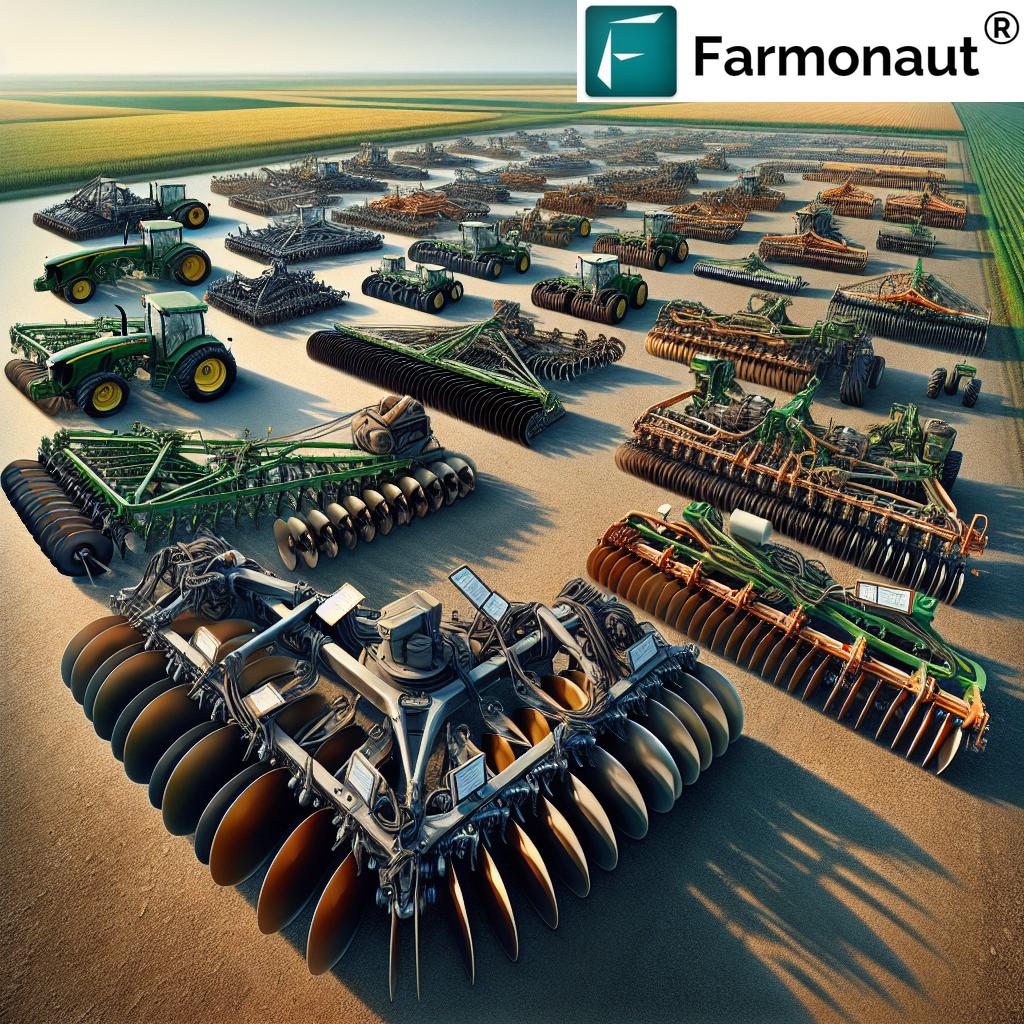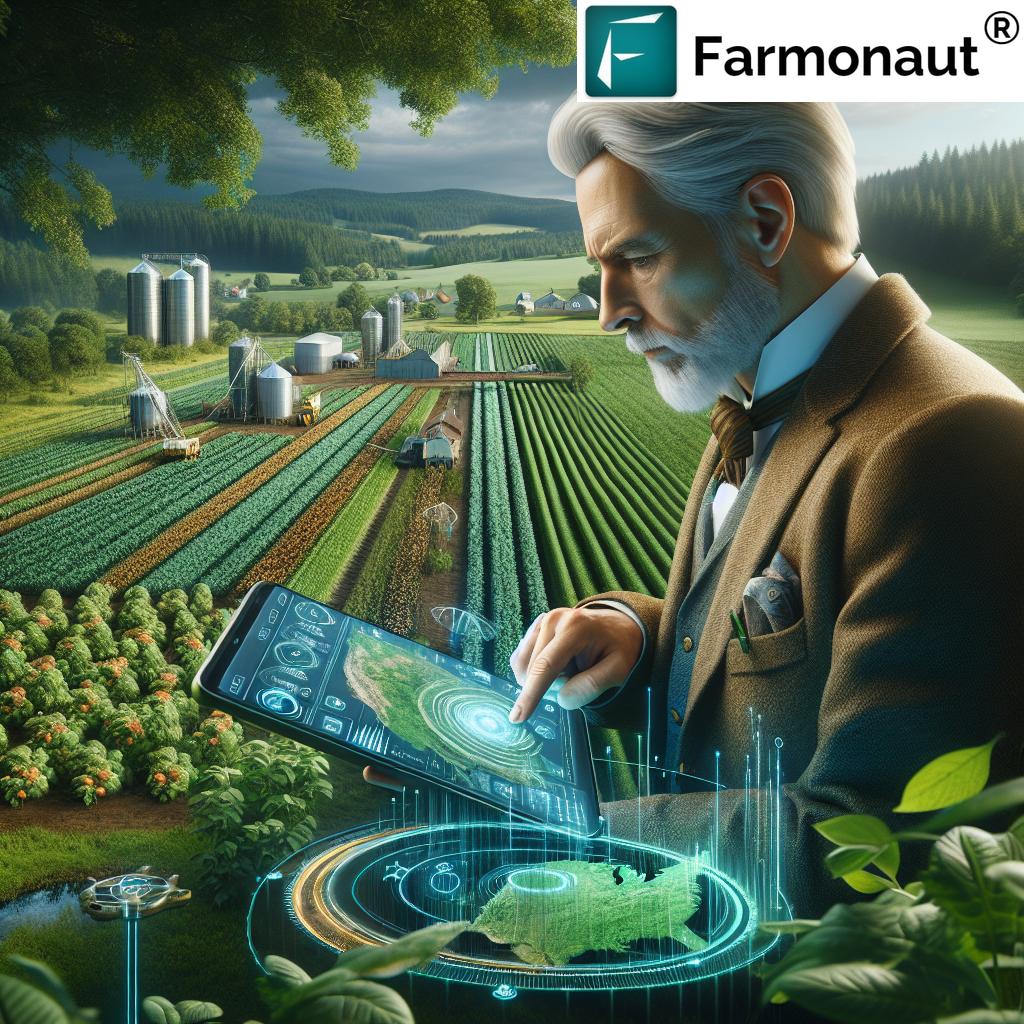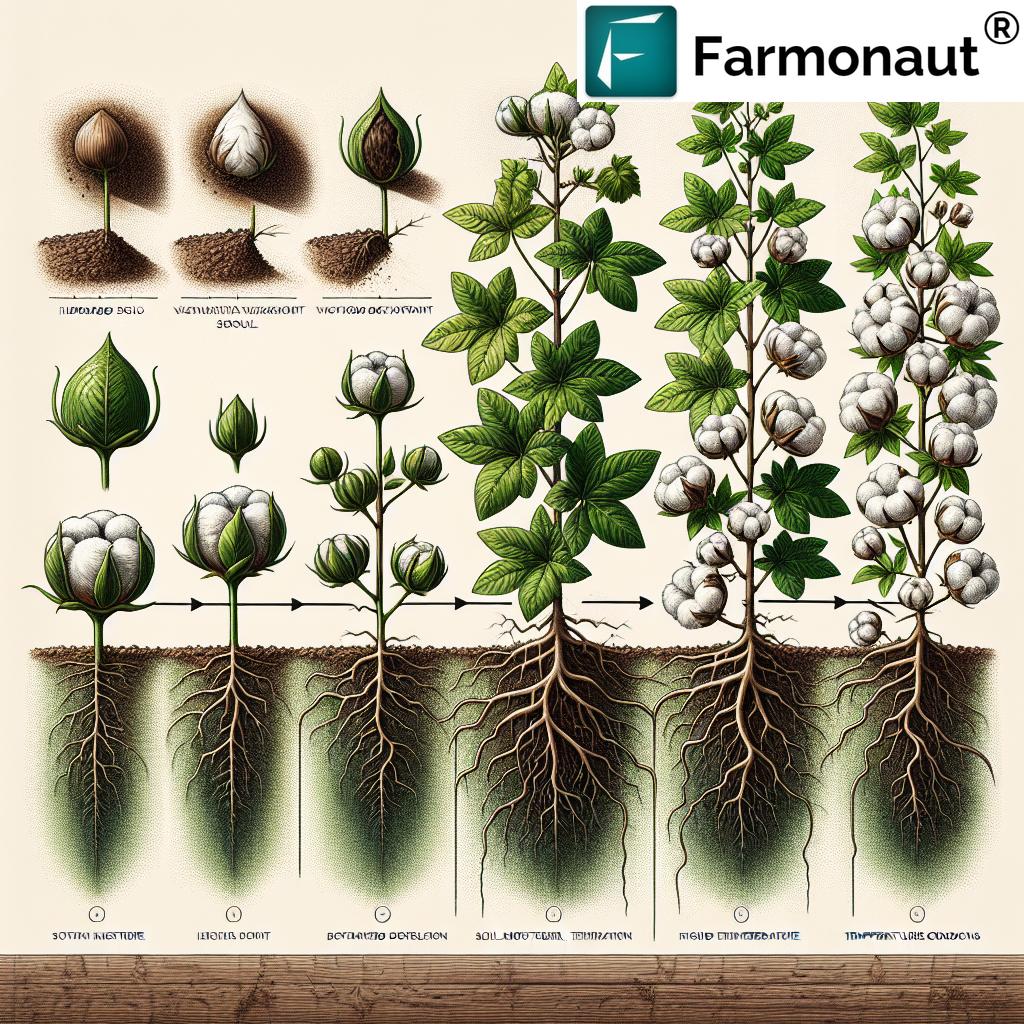Used Tillage Equipment: 7 Powerful Trends Farmers Must Know
“Over 60% of farmers now consider used tillage equipment to cut costs and boost operational efficiency.”
Introduction: The Shifting Landscape of Tillage
When we think about modern agriculture and forestry, the words “tillage,” “soil preparation,” and “crop residue management” come quickly to mind. As farmers and operators of agricultural businesses, we have witnessed profound changes in how fields are prepared for planting, how crop residues are managed, and how tillage impacts yields and sustainability. Among these transformations, used tillage equipment has emerged as a strategic choice—helping us cut costs, increase efficiency, and contribute to sustainable agriculture.
Our collective experience shows that tillage is far more than just soil turning. Tillage is an evolving agricultural practice, affecting the very foundation of planting operations by addressing weeds, residue decomposition, aeration, and creating the optimal seedbed. The increasing acquisition and smart management of used tillage machinery is not just a cost-cutting tactic, but it’s wrapped up in larger equipment trends, technological advancements, and sustainability goals.
In this comprehensive guide, we’ll cover the full spectrum: types of tillage equipment, soil preparation techniques, crop residue management strategies, buying considerations for used machinery, and, crucially, the 7 most powerful trends affecting the 2024 farm equipment market. Along the way, we’ll integrate insights from Farmonaut—whose advanced crop health monitoring and data-driven advisory systems are already helping farms worldwide optimize machinery decisions for maximum productivity and environmental stewardship.
Let’s prepare to dig deep—literally and figuratively—into what you need to know about tillage implements, their efficient use, and their future.
Types of Tillage Equipment: The Essentials
To understand how to select the best used tillage equipment—or even compare among major models—it’s essential to recognize how these tools are categorized. Tillage implements are primarily grouped by their function and the depth of soil disturbance they deliver:
-
Primary Tillage Equipment: Designed to break and invert the soil, this group is for the first stage of preparing fields for planting.
- Plows: Traditional implements like moldboard, disc, or reversible plows turn over soil, burying weeds and residues, and mix in organic matter.
- Chisel Plows: Instead of inverting, these break up compacted layers (hardpans) while protecting soil structure—ideal for reduced tillage or conservation tillage practices.
-
Secondary Tillage Equipment: These implements refine the seedbed further after primary tillage is complete.
- Disc Harrows: Feature concave metal discs that chop and incorporate residues, break clods, and level fields for planting.
- Field Cultivators: Shatter clods, uproot weeds, and aerate soil for a firm, even seedbed.
- Vertical Tillage Tools: Use vertical action for mixing crop residue and creating an even, high-quality seedbed. Increasingly important for conservation tillage.
-
Specialized Tillage Equipment: Modified designs for special soil or residue conditions.
- Subsoilers: Penetrate deep compacted layers, improving root penetration and water infiltration.
- Mulchers/Cultipackers: Crush large crop residues and firm up the land for ideal seed-soil contact.
Comparison Table of Used Tillage Equipment Trends (2024)
| Equipment Type | Primary Use | Estimated Used Price Savings | Popular Brands/Models | Trend Highlights |
|---|---|---|---|---|
| Disc Harrows | Clod breaking, residue mixing | 35–55% | John Deere, Case IH, Landoll | Eco-friendly designs, smart adjusters |
| Ploughs | Primary soil turning, weed burial | 38–50% | Lemken, Kuhn, Mahindra | Increased demand for residue management |
| Cultivators | Secondary seedbed preparation | 30–48% | Maschio Gaspardo, Great Plains | Precision depth settings, digital monitors |
| Chisel Ploughs | Breaking compacted soil layers | 28–42% | John Deere, Sunflower | Rising use in conservation tillage areas |
| Rotary Tillers | Seedbed finisher, residue mixing | 30–45% | Kubota, Shaktiman | Interest in compact, multi-purpose models |
| Mulchers | Residue breakdown, organic matter prep | 32–54% | Seppi, Maschio Gaspardo | Eco-friendly & corrosion-resistant builds |
| Subsoilers | Deep compaction relief, water infiltration | 26–41% | Unverferth, Mahindra | Rising adoption in drought-prone regions |
Tillage and Soil Preparation for Planting
The ultimate goal of tillage is to prepare an environment where seeds can germinate quickly and develop healthy, deep root systems. While the primary tillage stage (using plows or chisel ploughs) is crucial for breaking and aerating the soil, secondary tillage (disc harrows, field cultivators, and vertical tillage tools) refines the seedbed. This process is critical for leveling the land, incorporating organic residues, and reducing weed competition.
- Soil Aeration: Breaking up of compacted soil layers makes oxygen more available to plant roots, improving overall vigor.
- Weed Control: Tillage equipment can bury weed seeds deeply or uproot growing weeds before planting.
- Residue Management: Machinery like mulchers and vertical tillage tools mix and decompose leftover crop matter—crucial for soil organic health.
- Seedbed Preparation: Consistent depth and clod-free soil foster uniform seed germination.
“Conservation tillage practices have increased by 45% globally, driving demand for specialized used machinery.”
Crop Residue Management and Conservation Tillage Practices
Crop residue management is at the center of debate on both productivity and environmental sustainability. Tillage implements like disc harrows, mulchers, and vertical tillage tools are increasingly designed to efficiently chop and incorporate residues—rather than burning or removing them—helping farmers enrich soil organic matter for future crops.
The shift toward conservation tillage practices, such as reduced tillage and no-till farming, is reshaping the role—and design—of both new and used tillage equipment. Conservation systems limit soil disturbance, minimizing erosion and preserving soil structure. In these systems, many secondary tillage tools are adapted for vertical tillage or shallow incorporation of residues rather than deep inversion, synchronizing with global sustainable agriculture goals.
- No-till or Minimum-till: Reduces erosion and organic matter loss. Specialized tillage equipment like strip-till implements or vertical tillage tools are in high demand among conservation-minded farmers.
- Biodiversity: Leaving some residue helps foster beneficial soil microbes and insects.
- Climate Adaptation: Conservation tillage reduces fuel use, cuts CO₂ emissions, and supports carbon sequestration—areas now supported by Farmonaut’s Carbon Footprinting platform for environmental stewardship.
Tillage Machinery for Farmers: Primary and Secondary Considerations
- Depth of Disturbance: Primary tillage machinery is best for breaking hard soils before adding nutrients or planting deep-rooted crops (e.g., maize, sunflowers); secondary tillage implements refine the surface for shallower root crops and smaller seedbeds.
- Residue and Organic Matter: Higher-residue crops (e.g., corn, rice) often require robust mixing tools, while legumes and small grains adapt to less aggressive tillage for improved organic matter retention.
Farmonaut: Boosting Tillage Equipment Efficiency with Precision Technology
We understand that acquiring and operating used tillage equipment is only part of the modern equation. To achieve long-term productivity, our efforts must be backed by precision insights—knowing where, when, and how deep to till for the highest return. Farmonaut is revolutionizing farm management by leveraging satellite-based analytics, AI advisory, and blockchain systems.
- Satellite Crop Health Monitoring: By scanning fields with Farmonaut’s mobile and web app, we gain visibility into soil moisture, crop growth, and residue distribution—helping match tillage techniques and machinery to exact field needs.
- AI-based Advisory (Jeevn AI): Combines weather forecasts, crop metrics, and satellite data to guide field operations, suggesting optimal timing for tillage to minimize weed resurgence and maximize organic matter preservation.
- Fleet and Resource Management: If we manage substantial fleets of used machinery, Farmonaut’s real-time Fleet Management Platform allows us to track implement utilization and maintenance, reducing downtime and improving fuel efficiency.
- Blockchain-based Traceability: For contract farming or large corporate farms, Farmonaut’s Traceability Tools ensure transparent farm-to-supply chain flow—including tillage activities.
- Carbon Footprint Tracking: Calculate the emissions associated with tillage and residue burning, ensuring compliance with sustainability targets.
We urge farmers and agribusinesses aiming for data-driven, sustainable tillage practices to explore Farmonaut’s subscription options (see below), with powerful tools available for farms large and small.
7 Powerful Trends in Used Tillage Equipment
As more farmers transition to used tillage equipment for field operations, several key trends are shaping the way we prepare soil, manage crop residues, and select machines. Here’s a detailed breakdown:
- Eco-Friendly and Conservation Features
There is growing demand for used implements—especially chisel plows, vertical tillage tools, and high-residue mulchers—that reduce soil erosion and preserve organic matter. Machines capable of shallow tillage, residue mixing (not inverting), and producing a firm seedbed without heavy compaction are sought after for sustainable agriculture operations. - Advanced Technology Integration
Farmers are increasingly looking for models compatible with digital monitoring, GPS guidance, and precision control. Even when buying used equipment, compatibility with upgrades—such as digital depth sensors or telematics integration—is prioritized, especially for larger fleets managed via platforms like Farmonaut. - Smart Purchasing and Depreciation Management
With major depreciation occurring in the first years after purchase, savvy farmers are buying used tillage machinery at substantial cost savings (see the comparison table above). This not only reduces capital investment but also makes it easier to upgrade or resell as new features become available. - Shifting to Versatile, Multi-Purpose Implements
Rather than buying one-purpose tools, there’s a trend toward used tillage models that can switch between crop types, field conditions, and residue loads. Modular disc harrows and convertible cultivators are in demand as they support mixed farming, crop rotation, and forestry operations. - Market Accessibility and Financing Options
Favorable economic conditions—including lower financing rates—are enabling more farmers to acquire both new and used tillage equipment. This is opening the door to high-quality implements that would otherwise be out of reach.
Platforms such as Machinery Pete and AgDealer provide broad used tillage implement listings—allowing us to compare features, condition, and price across geographic regions, from the American Midwest to North Dakota and beyond. - Data-Driven Buying and Fleet Management
Farmers are leveraging data—including satellite imagery and AI-driven analytics—to time field preparation, match equipment to specific field conditions, and monitor residue breakdown. Reputable dealers often provide service plans and digital maintenance logs for high-value used equipment. - Regenerative and Specialty Crop Expansion
The rise of organic, regenerative, and specialty crop operations is spurring demand for used tillage machinery that minimizes soil disturbance and supports cover cropping or direct seeding. Mulchers, vertical tillers, and subsoilers with environmental certifications are popular for such farm segments.
How These Trends Impact Our Farm Operations
- Resale Value: Buying strategic models means better resale when upgrading to the latest features.
- Market Research: We can use online listings and digital farm management tools to compare tillage implements on pricing, condition, tech compatibility, and region-specific suitability.
- Maintenance and Sustainability: Machines with digital trackers and modular parts enable longer lifespans, while eco-friendly designs lower fuel consumption and carbon emissions.
Buying Used Tillage Equipment: Professional Tips & Considerations
We’ve identified the right models, weighed the functions of tillage equipment, and tracked the latest tillage equipment trends. Now, how do we make the smartest decision when buying used agricultural equipment?
- Condition Assessment
- Inspect for wear and tear, check the maintenance log, and examine points of soil engagement (edges, blades, discs, tines).
- Check for cracks, corrosion (especially on metal discs, concave harrows), excess play in moving parts, and hydraulic leaks.
- Ask for operator’s manual, digital logs, or service history—many reputable sellers now provide this for used implements.
- Compatibility & Adaptation
- Make sure equipment is suitable for your tractor’s power requirements, hitching system, and field size.
- Confirm it is adjustable for your crop residue management strategy, soil type, and the depth of disturbance needed, whether for primary or secondary tillage.
- Features & Options
- Prioritize implements with modular parts or easy-to-source wear components for maximum uptime.
- Look out for tech upgrades even in used models: digital depth/pressure readouts, precision tines, or compatibility with farm management platforms like Farmonaut.
- Market Research & Dealer Reliability
- Compare models, prices, and warranty/service options across popular platforms.
- Opt for vendors reputable for pre-inspection and after-sales support.
- Financing and Depreciation Considerations
- Leverage crop loan and insurance tools supported by satellite-based verification to streamline your financing process and avoid fraud.
- Understand the depreciation curve for various tillage implements; some, like heavy-duty disc harrows or subsoilers, hold value longer than lighter, high-wear tools.
Checklist for Inspecting Used Tillage Equipment
- Check concave metal discs for uneven wear.
- Test vertical tillage and residue handling capabilities by examining knives, tines, or rolling baskets.
- Ensure all hydraulic and electronic control systems are operable (if present).
- Ask for advice via AI-based advisory apps or web platforms before finalizing purchase, to ensure field compatibility.
Many farmers now combine tillage equipment market research with real-time data from management analytics to maximize operational efficiency and investment.
FAQ: Used Tillage Equipment and Modern Agricultural Practices
- What are the main advantages of buying used tillage equipment?
- Used tillage equipment allows significant cost savings (often 30–50% less than new), lets us avoid rapid depreciation, and offers immediate availability of proven models. Thanks to digital platforms, it’s easier to inspect and compare features, ensuring robust machinery for both agriculture and forestry operations.
- How do used tillage equipment trends affect my soil preparation?
- As conservation tillage practices expand, there is high demand for equipment capable of mixing rather than inverting residues, preventing erosion, and supporting minimum-till approaches. Used implements previously designed for deep inversion are now valued for adaptability.
- How does Farmonaut help improve machinery operations?
- Farmonaut’s platform offers satellite-based field insights, AI-driven crop advisory, and digital fleet resource management. This means we can align tillage operations with actual field needs, minimize overlap or missed areas, track machine usage, and support compliance with eco-friendly practices.
- Which types of tillage equipment should small farms prioritize when buying used?
- Small and medium farms often prioritize versatile implements: compact disc harrows, modular cultivators, or vertical tillage tools. These support multiple crops, field conditions, and can be repaired or reconfigured as needs change.
- Are there risks to soil health with excessive tillage?
- Yes. Excessive disturbance can lead to soil degradation, erosion, and organic matter loss. Conservation-focused used tillage tools (e.g., chisel ploughs, mulchers) mitigate this risk and support sustainable soil preparation over time.
Conclusion: Preparing for the Next Era of Farm Equipment
As we look to the future, the role of used tillage equipment in modern farming is only growing. By embracing the powerful trends—eco-friendly innovations, technological advances, alternative financing options, and smart buying strategies—we can improve our farm’s productivity while preserving soil health and supporting sustainable agriculture globally.
Farmonaut stands ready as a technology partner, providing vital data and tools through web, iOS/Android app, and API to ensure our tillage and soil management decisions are smarter, quicker, and more profitable. Whether you’re refining your machinery fleet, planning for crop residue management, or transitioning to conservation tillage, the future is data-driven and farmer-focused.
Let’s empower our soil, crops, and operations with the right information—and make every tillage decision count for both our bottom line and the next generation.













